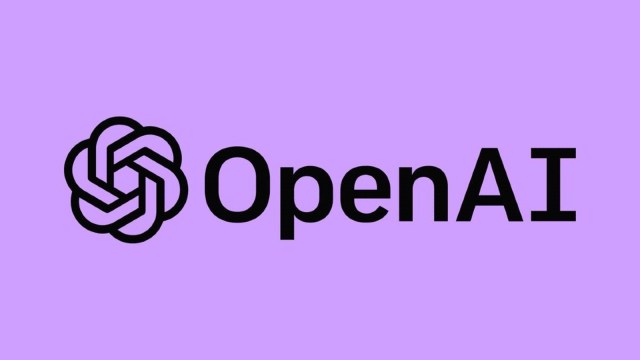OpenAI unveils new o3 and o3 mini models, to be launched next year
The new models have reportedly outdone their predecessors in several performance benchmarks.
 The new models are likely to be available by the end of January. (Express Photo)
The new models are likely to be available by the end of January. (Express Photo)On the last day of the 12-day-long ‘Shipmas’, OpenAI revealed its new set of frontier reasoning models named o3 and o3-mini. The models have only been previewed, and OpenAI is not releasing them any time soon.
OpenAI CEO Sam Altman revealed that the company has plans to launch the o3 mini by the end of January and the full o3 sometime later. This is because Altman feels that more robust LLMs could outperform existing models and lure new investors and users.
The AI startup, however, is accepting applications from researchers to come forward and test these models before they are made public. The application process for external researchers will close on January 10.
Interestingly, OpenAI launched o1, earlier code-named Project Strawberry, in September this year. Now, it seems the company is altogether skipping o2, and moving on with o3 models. Reportedly, the company is skipping o2 to avoid potential copyright conflict with a British company named O2.
Reportedly, the o3 model has outdone the previous performance records set by its predecessors. The model has excelled in coding tests, also known as SWE-Bench verified, by 22.8 per cent. The model is reported to have outscored OpenAI’s Chief Scientist in competitive programming. Besides, the model has also aced one of the toughest math contests—AIME 2024, with 87.7 per cent scores on expert-level science problems. When it comes to the toughest math and reasoning problems, o3 solved 25.02 per cent of them, surpassing other models that could not score more than 2 per cent.
While the o1 models are capable of reasoning through complex tasks and are able to solve tough problems, reportedly the new o3 and o3-mini models will be more powerful. The new models are currently under internal safety testing.







